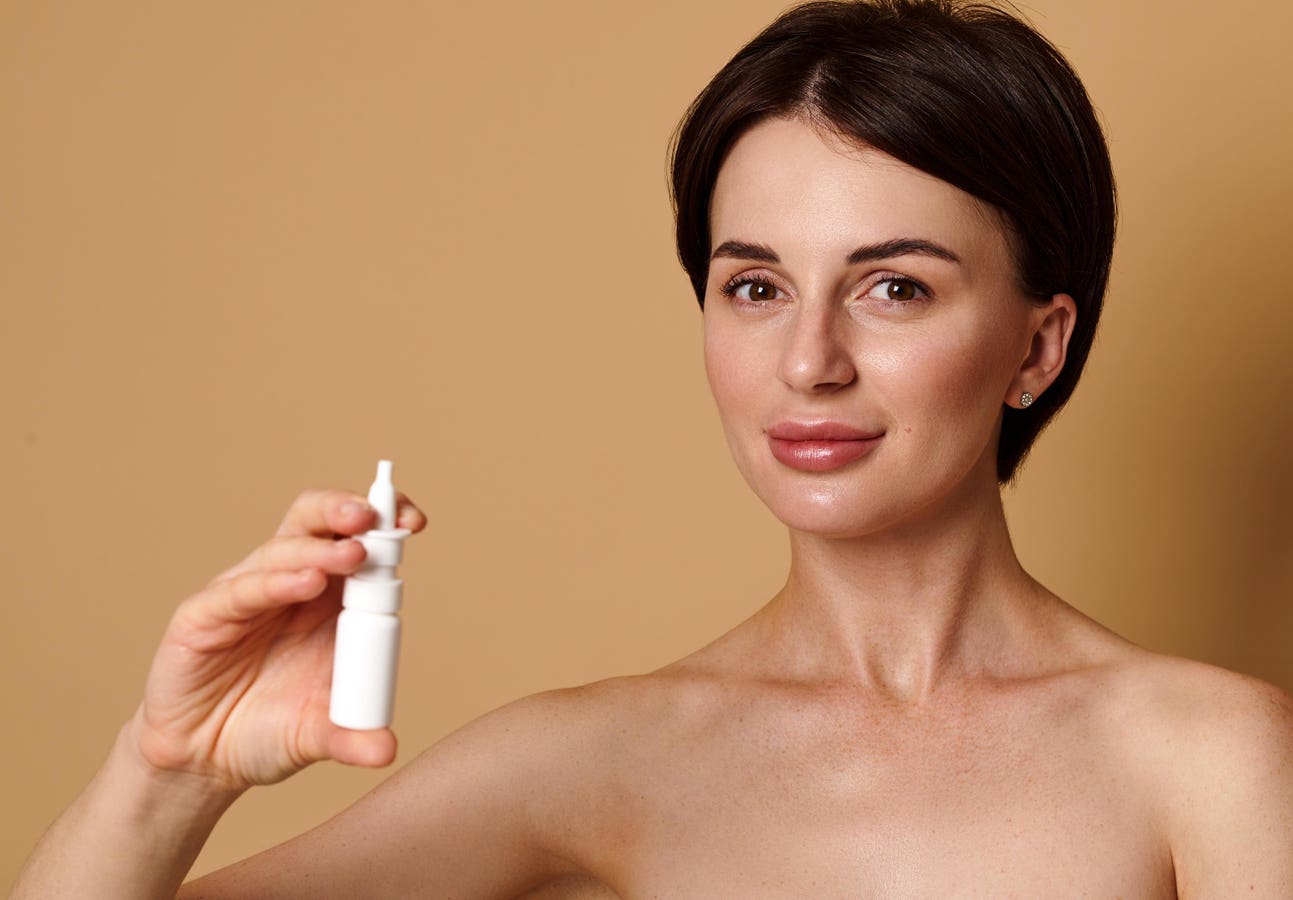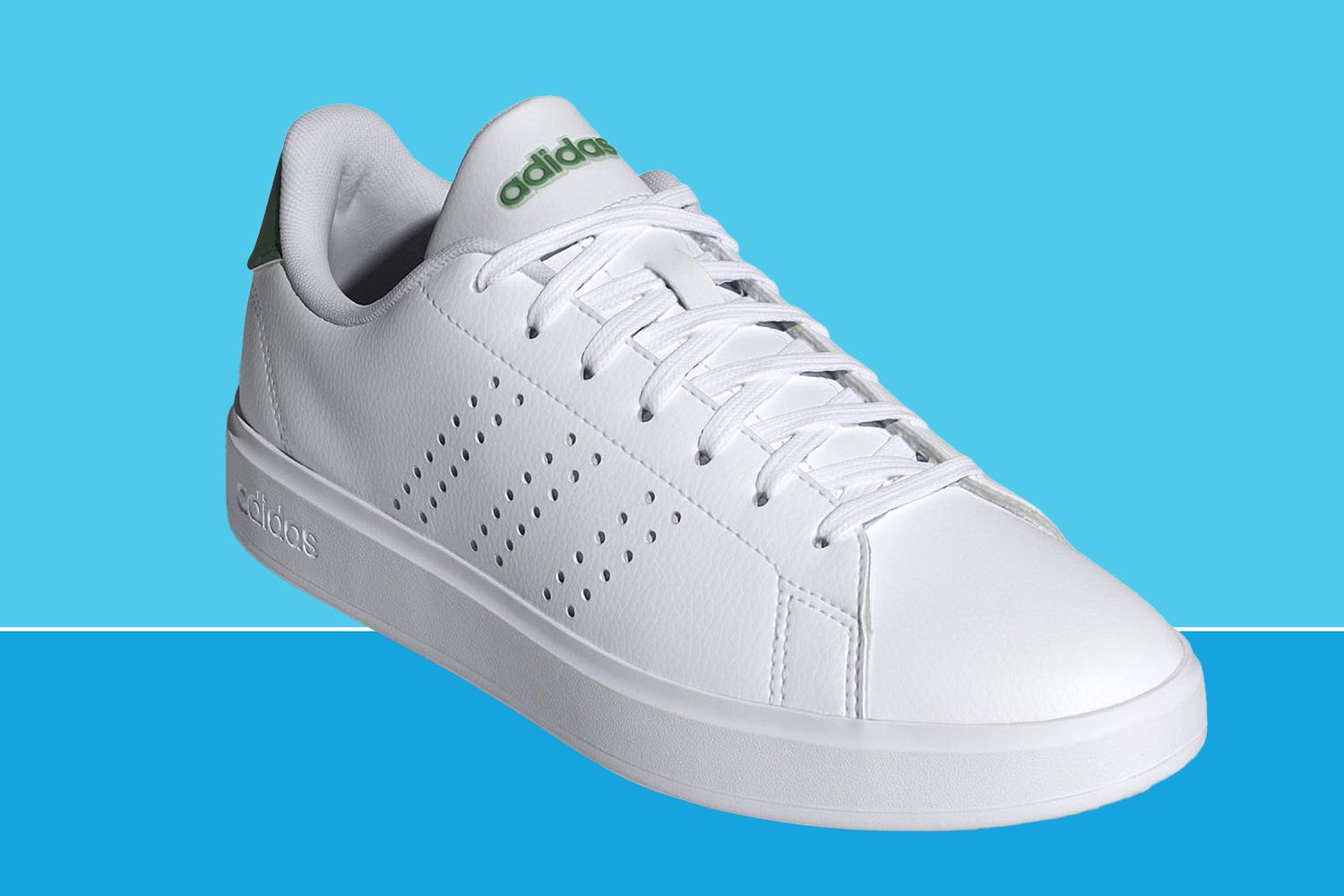Nasal tanning sprays or nasal tanners have not received U.S. Food and Drug Administration approval … More
You may have seen those advertisements claiming that you can just squirt nasal tanning sprays up your nose to help give yourself a tan that’s oh so lit. But when it comes to your nose, it’s important to pick carefully. Meaning choose carefully what you put up your nose. Such nasal tanners have not received U.S. Food and Drug Administration approval or undergone rigorous scientific testing. Plus, there have already been reports of bad reactions to such tanners, suggesting that you might end up paying through the nose, so to speak.
How Are Nasal Tanning Sprays Supposed To Work
The main active ingredient in these nasal tanners is melanotan II. This is a synthetic hormone that’s supposed to stimulate melanocytes—specialized cells in your skin— to produce more melanin. Melanin is the pigment that can make skin darker. Normally, the way to get a tan is to have sun exposure stimulate these melanocytes to churn out more melanin.
When you spray melanotan II up your nose, it can rapidly seep through the inner lining of your nose into the underlying blood vessels to get into your bloodstream. From there, it can in theory go to melanocytes all over your body and bind to the melanocortin receptors on them. This in turn should stimulate the melanocytes to produce melanin. However, you still may need at least some ultraviolet light exposure to activate things. In other words, sitting in your man cave or woman cave spraying melanotan II up your nose alone may not give you that savage or dope tan.
In fact, it’s not even clear how much melanotan II is needed to go all George Hamilton versus Snooki versus whatever look you are aiming to get. That’s because there’s no real evidence that these nasal tanners have undergone rigrous scientific testing. Yes, many of the claims about nasal tanners lack that little called scientific evidence. It’s not clear whether legitimate dose-response studies have been done by anyone to see how different bodies may respond to different doses of melanotan II.
The Risk Of Nasal Tanning Sprays
This lack of testing is a big reason why it’s is currently illegal to sell melanotan II in the U.S., U.K. and Australia. Yes, illegal starting with a big “ill.” That’s because melanotan II has not been approved by regulatory bodies of those countries for any type of in the human body use. Again, melanotan II has not undergone enough rigorous testing to determine how effective or safe it may be.
Plus, there have been reports of people suffering significant side effects from using such nasal tanning sprays. For example, William Higgens reported for the BBC on a case of a women suffering a severe allergic reaction after using a nasal tanner. This landed her in the hospital. She described herself as “suffocating inside” and “drowning” within her own body, which by the way aren’t good feelings to have. There have also been reports of facial flushing, appetite changes, nausea, vomiting and, oh, spontaneous erections with melanotan II use.
Besides the, “Did you try nasal spray tanning or are you just glad see me” problem and other shorter term side effects, there may be longer term ones as well. Patty Weasler, RN, BSN listed for Verywell Health some potentially not very well skin changes, such as increased moles and dark lines. Yeah, chances are you aren’t looking for something that will give you as many moles as possible. She also listed some really serious possibilities such as encephalopathy syndrome, rhabdomyolysis and melanoma.
Moreover, since products containing such nasal tanners are being illegally sold and not regulated, you may have no idea of how much melanotan II may be in a given product and what other ingredients may be present. A study published in Drug Testing and Analysis found vials of injectable melanotan II labeled as having 10 milligrams (mg) only had 4.32 to 8.84 mg of the ingredient along with 4% to 6% impurities. So you may even be getting less of what you thought you were getting and more of what you didn’t think you were getting. So, there isn’t even a guarantee that a given nasal tanner will give you the ran you want.
There Are Safer Options To Nasal Tanning Sprays
Lorit Simon (L) and actress Lindsay Lohan (R) speak at the launch of their spray tan line. (Photo by … More
Of course, the time-tested way to get a suntan is to lay out in the sun or a tanning bed. The concern, though, with such options, as I laid out in Forbes previously, is the skin damage from ultraviolet light exposure, which can lead to bad stuff like skin cancer. This damage can be worsened when cover your skin with substances like suntan oil, baking lard or beer (yes, people were actually pushing beer-tanning on TikTok in 2023 as I detailed before in Forbes.)
Using proper sunscreen can reduce your ultraviolet exposure while still allowing you to get a suntan. Wearing most types of sunscreen is not like wrapping your body with aluminum foil. Some UV rays still can get through to your skin to stimulate a tan. Just make sure that you use sunscreen with a sun protection factor or SPF of at least 30.
If you want to completely minimize any UV exposure then maybe getting a faux tan is fo’ you. There are two main ways to get a faux or fake suntan. One is via a spray tan that isn’t supposed to go up your nose or in your eyes, mouth or any other opening in your body for that matter. Instead, you spray this solution that includes dihydroxyacetone on just the surface of your skin. There the DHA can react with the amino acids on your skin to give your skin a temporary, brownish (or in some cases maybe orangish) look that fades within a few weeks as your skin naturally sheds and exfoliates.
Another way to get a fake suntan is to cover it with substances that have suntan-looking colors. This is the rationale behind bronzers, liquids, creams or powders that you can put on your skin to provide a tan appearance as long as the bronzers remain on your skin. Unless you plan to never ever take a shower or wash your face, you will probably have to reapply bronzers if you want to maintain the tanned appearance for a while. Oh, and don’t stick bronzers up your nose or through any opening of your body either.
In general, it’s a good idea to keep your nose clean when it comes to tanning, especially the inside of your nose. Don’t fall for bull-bleep claims made about stuff like nasal tanning sprays. Instead, stick to options that are backed by science. That can make the difference between your skin looking like all rosy versus a rotisserie chicken or worse.










